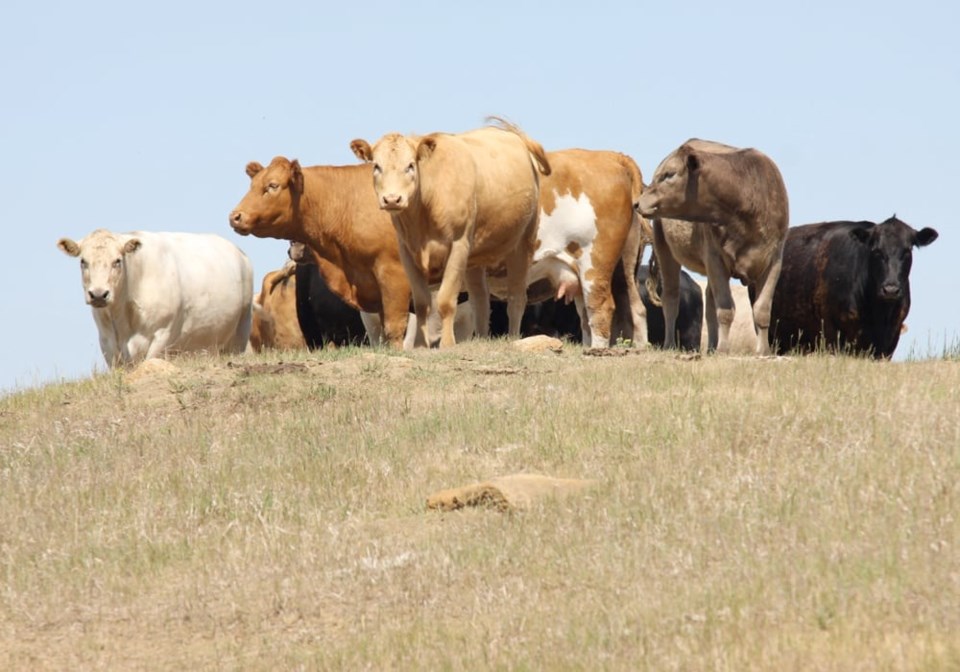Saskatchewan Cattlemen’s Association has asked Ottawa to come through with its portion of AgriRecovery funds as bone-dry drought conditions continue right across the West.
Saskatchewan announced earlier in the summer that it would spend $70 million to help cattle producers coping with drought and feed shortages. However, the federal government remained silent in early September regarding the creation of an AgriRecovery program for the sector.
AgriRecovery is a cost-shared program that facilitates the rebuilding of businesses following disasters, including extreme weather such as drought.
SCA chair Keith Day wrote to federal agriculture minister Lawrence MacAulay Sept. 5, saying money is imperative.
“As you are aware, many cattle producers in Saskatchewan have been hit by drought conditions, some for the fourth and fifth year, resulting in feed shortages going into the fall and winter,” said the letter.
The SCA said some producers are selling cattle and those who are keeping them need to buy feed. Similar situations also exist in Alberta, which has requested an AgriRecovery assessment from Ottawa in July, and B.C., where the sector has been hit by irrigation curtailment orders and is also requesting an AgriRecovery package.
“The agriculture sector is being challenged by this year’s severe drought, which is causing producers to make very difficult decisions,” said Kevin Boon, rancher and general manager, BC Cattlemen’s Association.
Dry conditions could lead to herd culling, producers warn.
“Continued depletion of our cattle herd can have significant negative consequences, including detrimental impacts on our grasslands and the environment,” Day told MacAulay. “In addition, as we are an export dependent industry, continued reduction of our herd inhibits our abilities to take advantage of the many trade deals that have been signed.”
Underscoring the severity of the drought situation in Saskatchewan, record payments were made to producers who participated in the Saskatchewan forage rainfall insurance program this year.
The governments of Saskatchewan and Canada announced September 5 that $60.4 million was paid to more than 90 per cent of insured acres in 17 forage risk zones.
Most payments were made in the southwest and west central parts of the province after drier than normal conditions.



